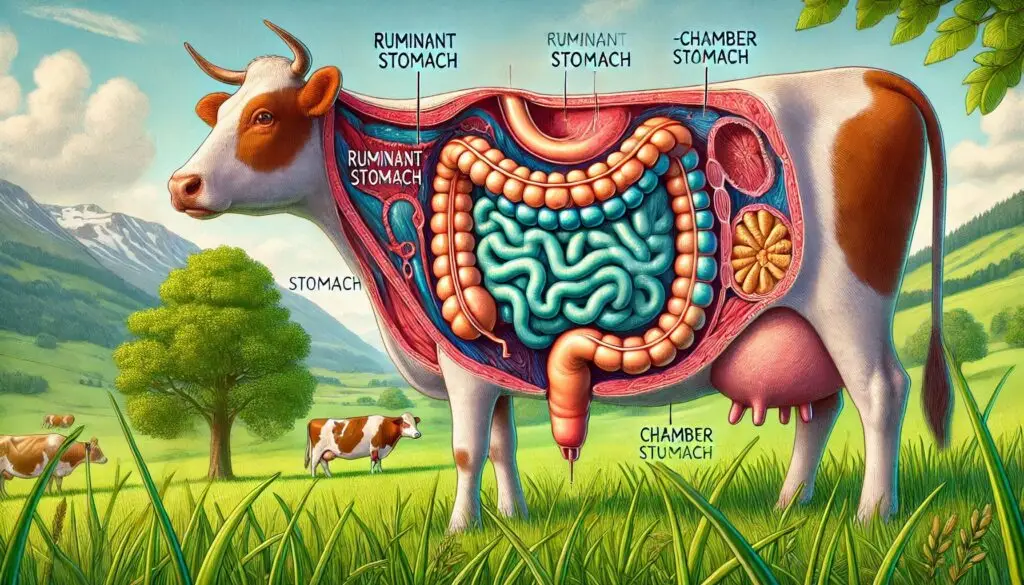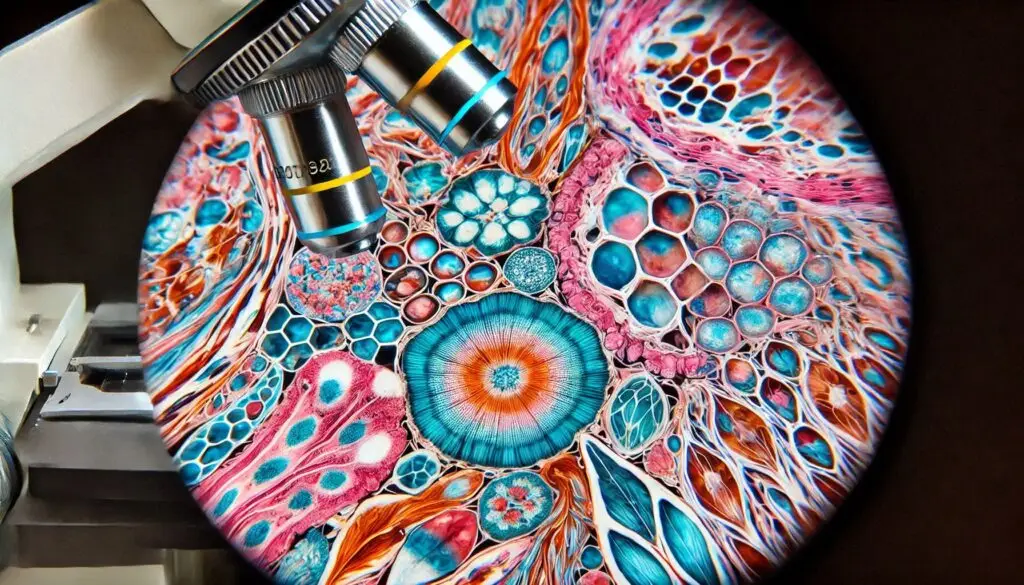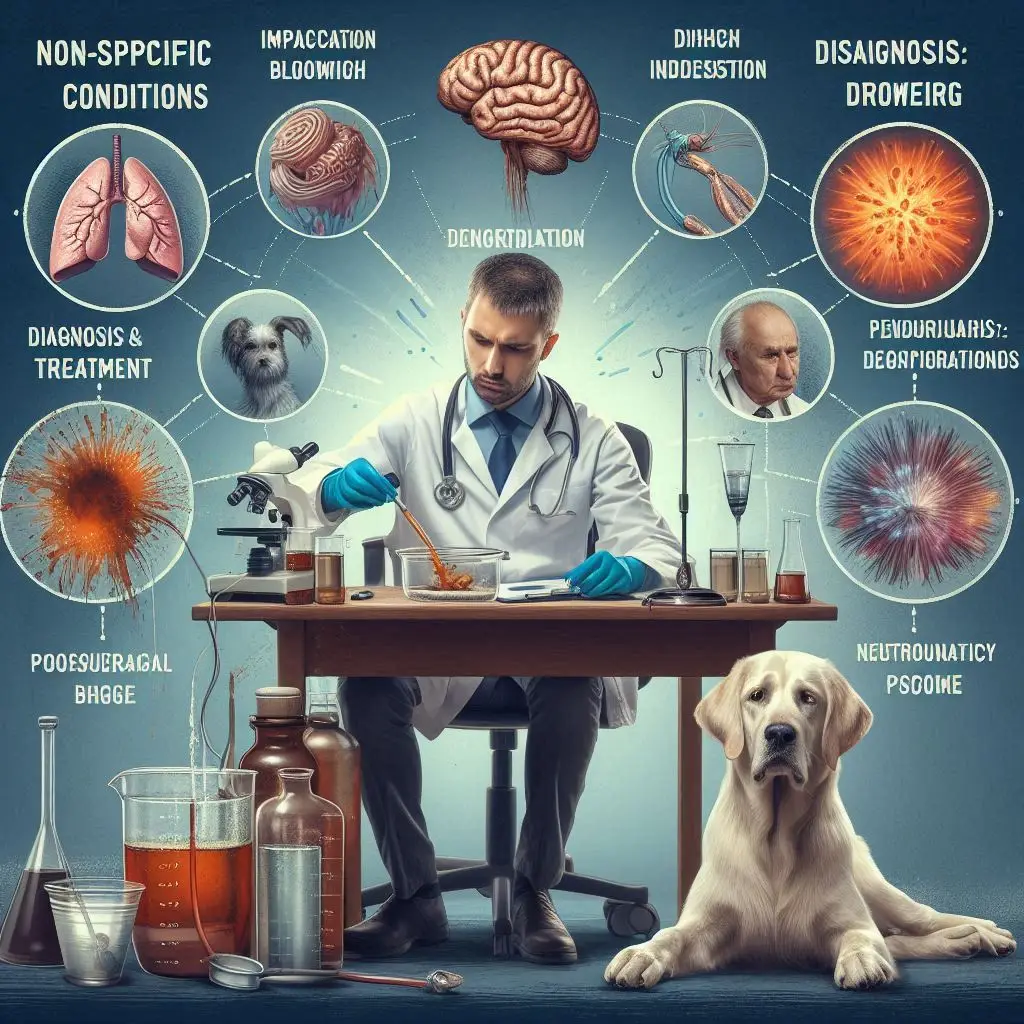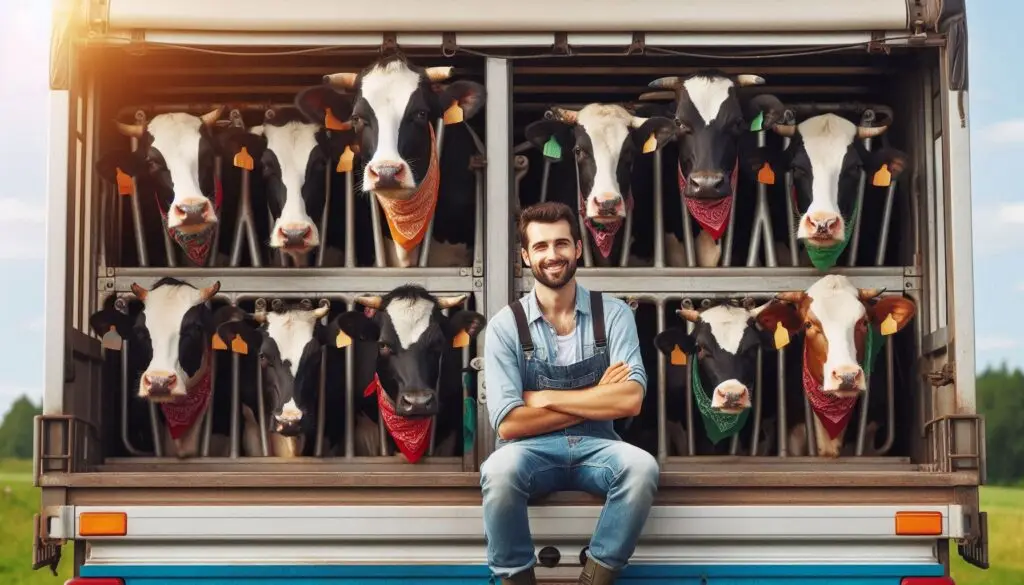Dairy Cow Convulsions: Causes & Prevention

Understanding Convulsions in Dairy Cows
Convulsions in dairy cows indicate underlying health issues. These sudden, uncontrolled muscle contractions can result from metabolic disorders, infections, or toxicities. Early identification and management can save lives and prevent economic losses.
Grass Tetany (Hypomagnesemia)
What is Grass Tetany?
Grass tetany, also called hypomagnesemia, occurs due to low magnesium levels in the blood. Cows grazing on lush, fast-growing pastures with high potassium and nitrogen content are at higher risk. Magnesium is vital for nerve and muscle function, and its deficiency can cause severe neurological symptoms.
Symptoms of Grass Tetany
- Muscle twitching and tremors
- Stiff gait and difficulty walking
- Aggression or excessive nervousness
- Sudden convulsions and collapse
- Coma and potential death if untreated
A detailed explanation of grass tetany in cattle can be found at MSU Extension.
Risk Factors
- Grazing on magnesium-deficient pastures
- High potassium and nitrogen levels in forage
- Cold weather or stress increasing magnesium demand
- Lactating cows requiring more magnesium
Prevention Strategies
- Magnesium Supplementation: Provide magnesium-rich mineral mixes or supplements. More on this can be found at University of Wisconsin Extension.
- Balanced Forage: Avoid over-fertilization with nitrogen and potassium.
- Frequent Monitoring: Regular blood tests help detect magnesium deficiencies early.
Treatment of Grass Tetany
- Immediate intravenous magnesium therapy
- Subcutaneous magnesium injections for long-term support
- Keep cows calm to prevent stress-induced convulsions
- Veterinary intervention to stabilize the condition
Other Conditions Leading to Convulsions in Dairy Cows
Milk Fever (Hypocalcemia)
Causes and Symptoms
Milk fever results from low blood calcium levels, primarily affecting high-producing dairy cows post-calving. Symptoms include:
- Loss of appetite
- Weakness and uncoordinated movements
- Muscle tremors followed by convulsions
- Coma if untreated
Learn more about milk fever prevention at University of Missouri Extension.
Prevention & Treatment
- Provide calcium supplements pre- and post-calving.
- Offer a diet with the correct calcium-phosphorus balance.
- Administer intravenous calcium in severe cases.
Nervous Ketosis
What is Nervous Ketosis?
Nervous ketosis occurs due to an energy imbalance in high-producing cows, leading to excessive ketone production. This metabolic disorder may cause:
- Lethargy and reduced feed intake
- Head pressing and strange behavior
- Uncontrolled muscle movements or convulsions
For a deeper dive into ketosis in dairy cows, visit Cornell University Dairy Extension.
Prevention & Management
- Increase energy intake before and after calving.
- Offer propylene glycol as a quick energy source.
- Maintain proper body condition to prevent excessive fat breakdown.
Toxicities Leading to Convulsions
Nitrate Poisoning
Causes and Symptoms
Excess nitrates in feed or water lead to reduced oxygen transport in blood, causing:
- Rapid breathing and weakness
- Bluish mucous membranes
- Muscle tremors and seizures
To manage nitrate poisoning in cattle, check North Dakota State University Extension.
Prevention Strategies
- Test forage for nitrate levels.
- Gradually introduce cows to high-nitrate feeds.
- Provide adequate dietary fiber.
Lead Toxicity
Common Sources
Lead poisoning results from consuming contaminated feed, soil, or old paint. Symptoms include:
- Blindness and staggering gait
- Jaw clenching and muscle twitching
- Severe convulsions and coma
For lead toxicity management in cattle, visit The Cattle Site.
Conclusion
Convulsions in dairy cows indicate serious health problems requiring immediate attention. Identifying risk factors, preventing nutritional imbalances, and ensuring proper management can significantly reduce these conditions. Regular veterinary care and dietary monitoring help maintain herd health and productivity.
For more on dairy cow health, explore Dairy Herd Management.
More From Animal Diseases:
Stroke in Animals






Responses